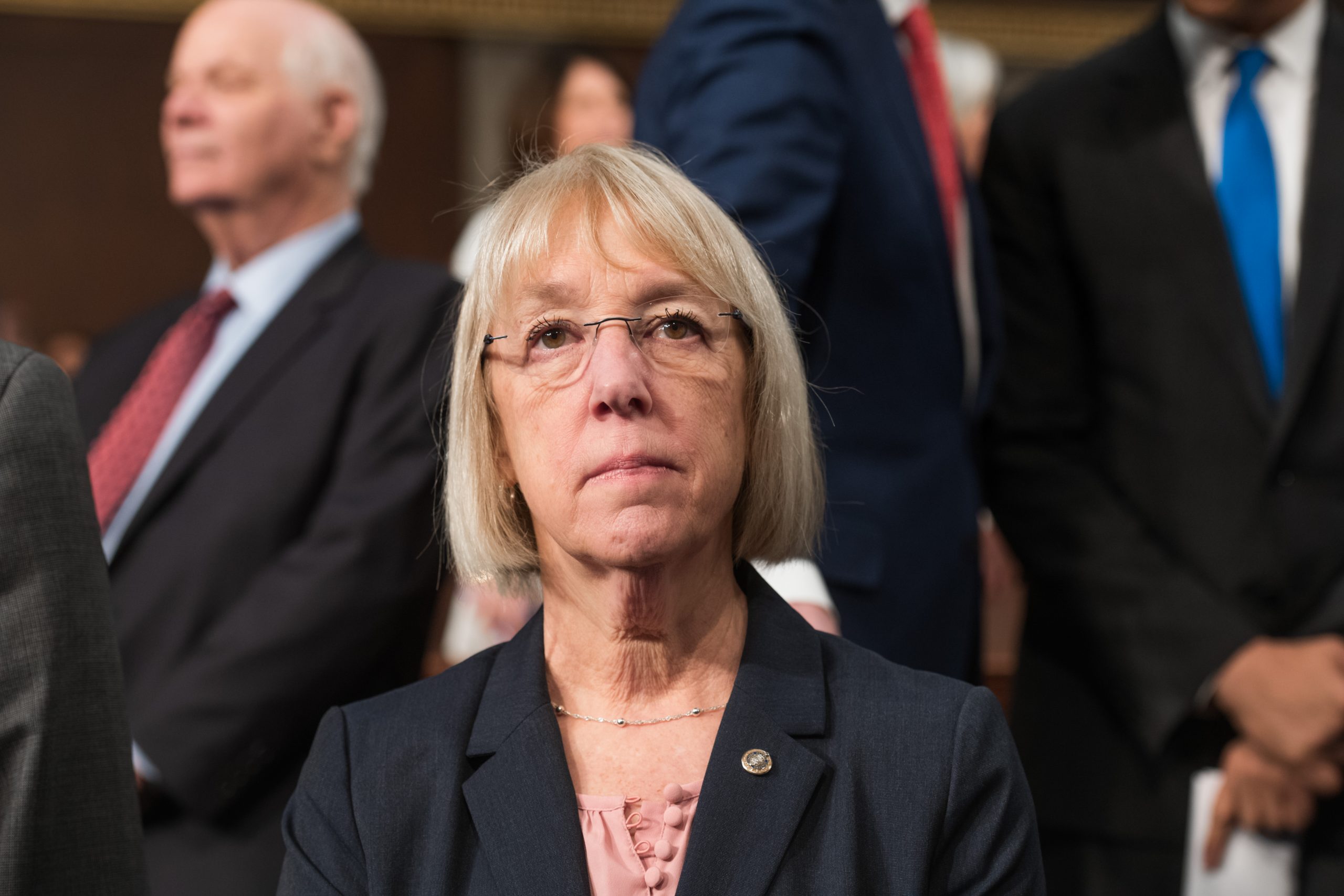It was 1992. Bill Clinton had just been elected to the White House, despite election-time allegations of an affair with Gennifer Flowers. Clarence Thomas had just been confirmed as a Supreme Court justice, despite Anita Hill’s accusations of sexual harassment.
And despite naysayers, four women had just been elected United States senators.
One of them, Senator Patty Murray, a Democrat, recently reflected on those early years in an Atlantic interview with MSNBC’s Karen Finney. Self-labeled as “the only preschool teacher in the United States Senate,” Murray claims she never wanted to get into national politics, but was moved to run by what she saw as blatant sexism in the Anita Hill hearings. After defeating a Republican opponent who fatefully dismissed her as “a mom in tennis shoes,” Murray joined Barbara Mikulski and Nancy Kassebaum, as well as the newly elected Barbara Boxer, Dianne Feinstein, and Carol Moseley Braun in the Senate.
The press called it “the year of the woman,” prompting some well-deserved eye-rolling. “Calling 1992 the ‘year of the woman’ makes it sound like the ‘year of the caribou’ or ‘year of the asparagus,’” quipped Mikulski. “We’re not a fad, a fancy, or a year.”
But Murray remembers feeling a sense of responsibility. “When I came here, there were six – historic, six – women,” Murray said. “We all felt the weight of doing a good job, not for ourselves, but for other women so that they, too, would run for senate and be in politics.”
Looking back now, it’s easy to see this heightened self-awareness in pictures and news clips of the time. For example, the photo below shows Murray leading a group of female senators and others down the Capitol steps to announce their opposition to abortion restrictions in a 1993 federal appropriations bill.

Associated Press
Hilary Clinton also rallied female senators to help her overhaul health care in the mid-1990s. These photos shows Clinton at press conferences on the issue, surrounded by Feinstein, Mikulski, and Murray (top) and embracing Murray (bottom).

Associated Press

Associated Press
Today, the Senate looks a lot different. Five new women were elected to the chamber in 2012, and many female veterans hold leadership positions. “Every single committee has a woman on it,” Murray pointed out during her interview. “Dianne Feinstein is chair of the Intelligence Committee. Debbie Stabenow is chair of the Agriculture Committee. People always say, ‘Women’s issues?’” Murray frowned. “Okay, women’s issues. Intelligence. Agriculture.”
Murray unabashedly critiqued “the testosterone” she sometimes sees in today’s political battles. The female senators often gather for dinners to talk about everything from their grandchildren to “how we can solve this budget crisis, because certainly, those guys aren’t,” Murray said.
While her girls’ club attitude got laughs from the audience, it’s also a reminder that women in Congress haven’t escaped their role as “historic figures.” A lot may have changed in the last two decades, but the sense that female senators are breaking barriers seems to linger. But in this, they are in good company. Murray described a recent dinner she and the other female senators attended at the White House with President Obama.
“Sort of toward the end of [dinner], Senator Barbara Boxer said, ‘You know, I’m sitting here looking at this table and outside the window of the White House, and I’m thinking, a hundred years ago, when women were fighting for the right to vote, they stood outside that window and were arrested. I’m pretty sure that the 20 women around this table would have been those 20 women who were standing outside and got arrested.’
“And without pausing, President Obama said, ‘I would have been serving dinner inside.’”
– The Atlantic


